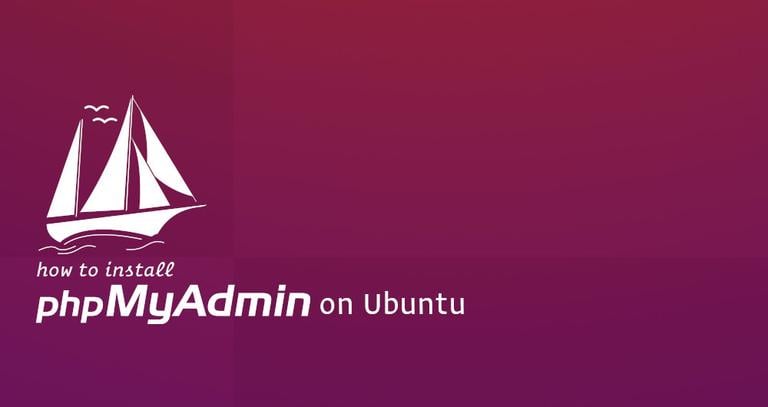

Thanks for using this tutorial for installing phpMyAdmin on Ubuntu 20.04 Focal Fossa system.
#Ubuntu install phpmyadmin password#
Now open your browser and surf to and your phpMyAdmin will ask you for the user and password of your MySQL installation such as on step 2, you can use root as user and the root MySQL password, or any other MySQL user/password.Ĭongratulations! You have successfully installed phpMyAdmin. Run the below commands to open a port for the webserver in the firewall: sudo firewall-cmd -permanent -add-service=http The systems with enabled firewalls need to allow HTTP service from the firewall. If the password is not given, a random password will be generated.įinally, enable the mbstring PHP extension and restart Apache: sudo phpenmod mbstring

You need to provide a password for phpMyAdmin to register with the MySQL database server. Input Y to confirm the installation and press ENTER to start.

Next, you can install the phpMyAdmin package using the below command. Next, select Yes and press ENTER to install and configure the database. As you can see on the following screenshot, the Ubuntu APT repository provides the phpMyAdmin v5.x, and it is available on the Ubuntu Universe repository. First, you will need to select apache as a web server. You will be asked for basic configuration for phpMyAdmin. To install PhpMyAdmin, run the following command: sudo apt install phpmyadmin php-mbstring If you do not have LAMP installed, you can follow our guide here. sudo apt updateĪ Ubuntu 20.04 LAMP server is required. First, make sure that all your system packages are up-to-date by running the following apt commands in the terminal. This will also create a new database user named phpmyadmin. During the installation, it will ask if you want to use dbconfig-common to configure the database. The above command will install all necessary dependencies including PHP7 extensions.
#Ubuntu install phpmyadmin update#
Install phpMyAdmin on Ubuntu 20.04 LTS Focal Fossa sudo apt update sudo apt install phpmyadmin. We recommend acting as a non-root sudo user, however, you can harm your system if you’re not careful when acting as the root.


 0 kommentar(er)
0 kommentar(er)
